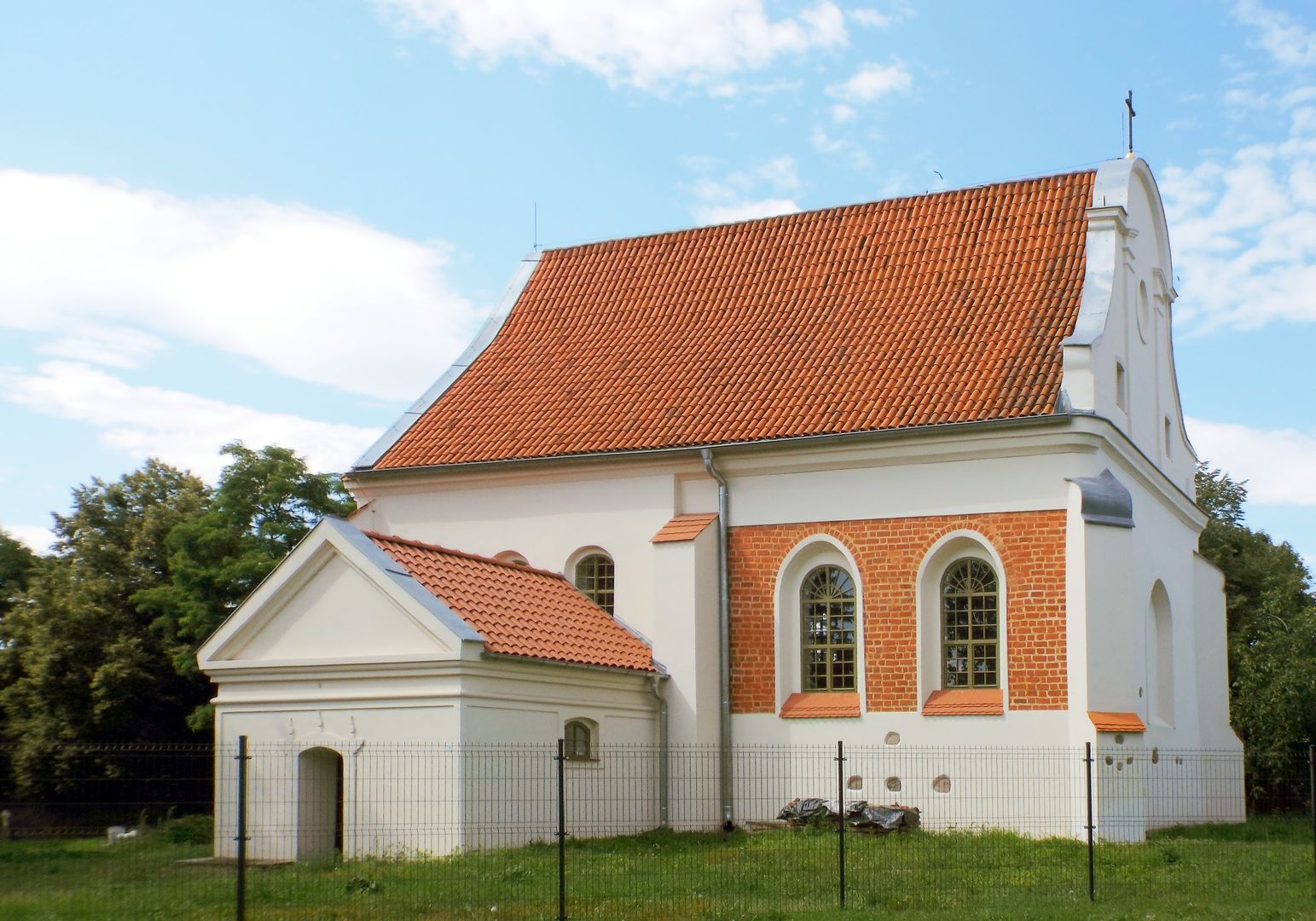Owinska
6.58

Overview
Owińska is a village in Poland, located in the Greater Poland Voivodeship, within the Poznań County, approximately 8 km north of Poznań. It is primarily known for its Baroque post-Cistercian complex, which includes the Church of St. John the Baptist and a monastery. The church, designed by Pompeo Ferrari, was built between 1720 and 1728, while the monastery, originally designed by Jan Catenazzi, was repurposed in the 19th century to serve as a psychiatric hospital. Owińska is also home to Poland’s first Park of Spatial Orientation and a Library of Scents, highlighting its cultural and social significance.
The history of the village dates back to the 13th century when it was owned by a Cistercian convent established by Duke Przemysł I. After the Second Partition of Poland, Owińska came under Prussian rule and remained in the hands of the von Treskow family until World War II. During the war, a German concentration camp operated in the village, and brutal actions took place in the psychiatric hospital. After the war, the former monastery buildings were repurposed as a center for blind children, which continues to operate today.
Owińska also features a beautiful late Neoclassical palace built in the early 19th century, which has had a turbulent history, including being converted into a school. The village is also notable for its natural surroundings, including a monumental oak tree and recreational attractions such as Akwen Tropicana, a leisure area created from former gravel pits. Additionally, Owińska is a stop on the St. James's Way pilgrimage route.
Blending rich history, a focus on supporting the visually impaired, and opportunities for sports and recreation, Owińska offers diverse ways to explore local culture and enjoy outdoor activities.
Location
2025 Wizytor | All Rights Reserved